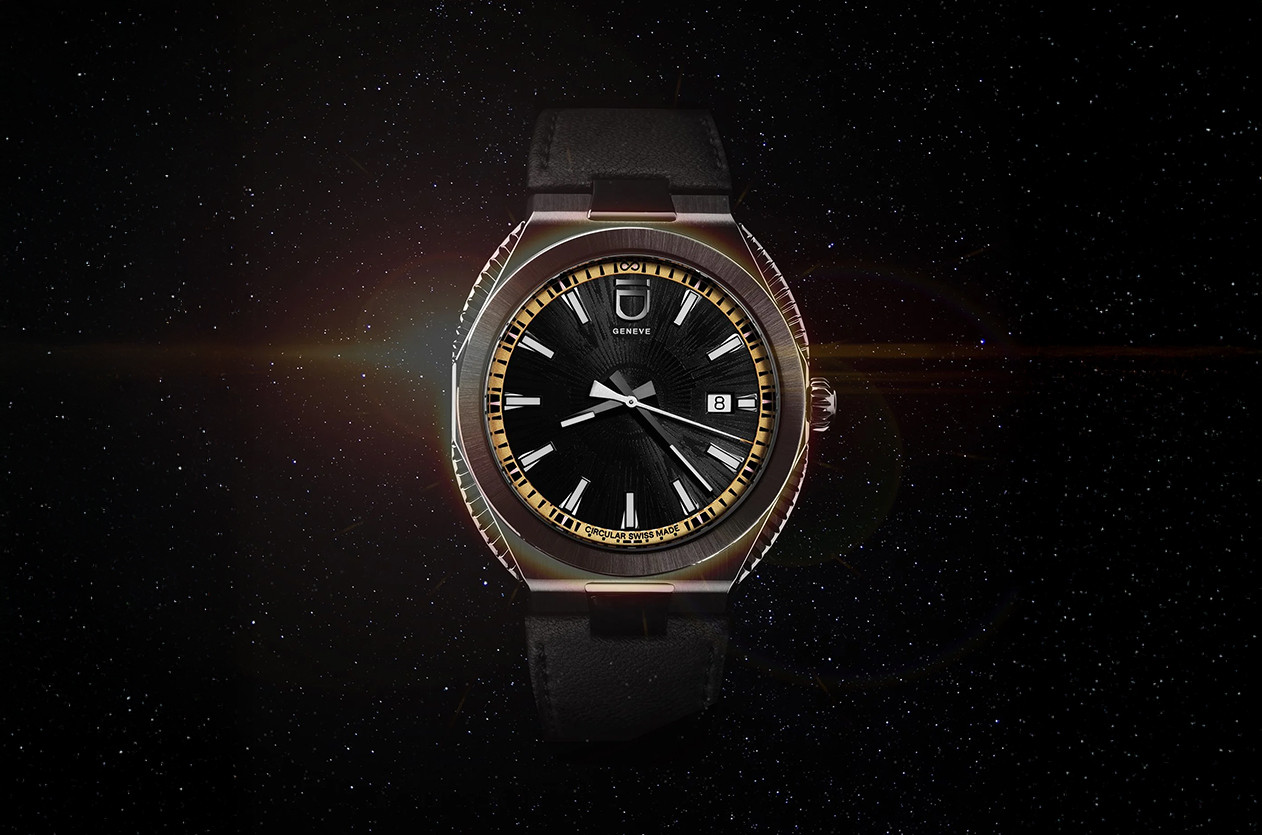
Introducing ID Genève Unveils the Circular S Eclipse
Welcome to the hub of the horoloy
The word remontoire comes from the French word “remonter“, meaning “to wind”, and it is a secondary, smaller spring used to apply power to the balance and escapement mechanism of a timepiece. The remontoire itself is then periodically re-wound by the power from the mainspring. It serves to stabilize the drive force transmitted to the escapement and compensates for variations in the geartrain's friction. It ensures accuracy by managing the power distribution throughout the clock.
There are different types of remontoires, including gravity remontoires and spring remontoires. Gravity remontoires counteract fluctuations in force caused by the mainspring winding down, while spring remontoires utilize a spring as their power source.
Remontoires are designed to rewind periodically, ensuring long-term accuracy by averaging out rate variations. The concept of a remontoire is not new, with historical roots dating back to Swiss clockmaker Jost Burgi in 1595, who invented the gravity remontoire, and English clockmaker John Harrison in 1739, who created the spring remontoire.
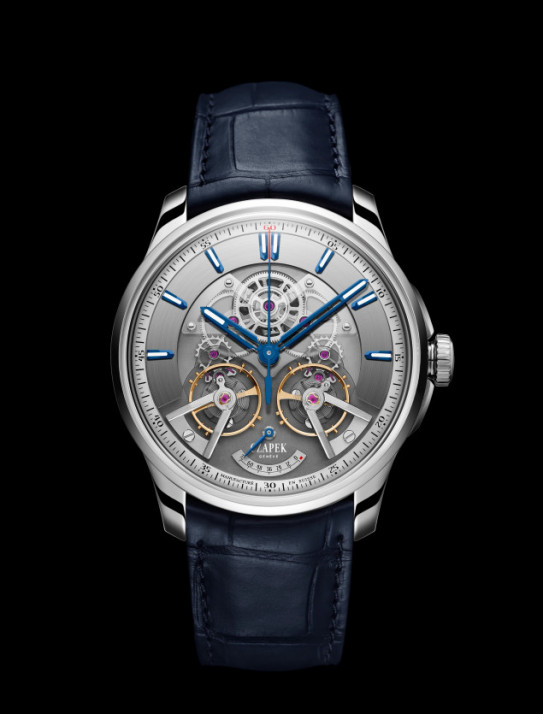

News Dubai Watch Week 2025 Will Be the Largest Ever with 90 Brands Participating
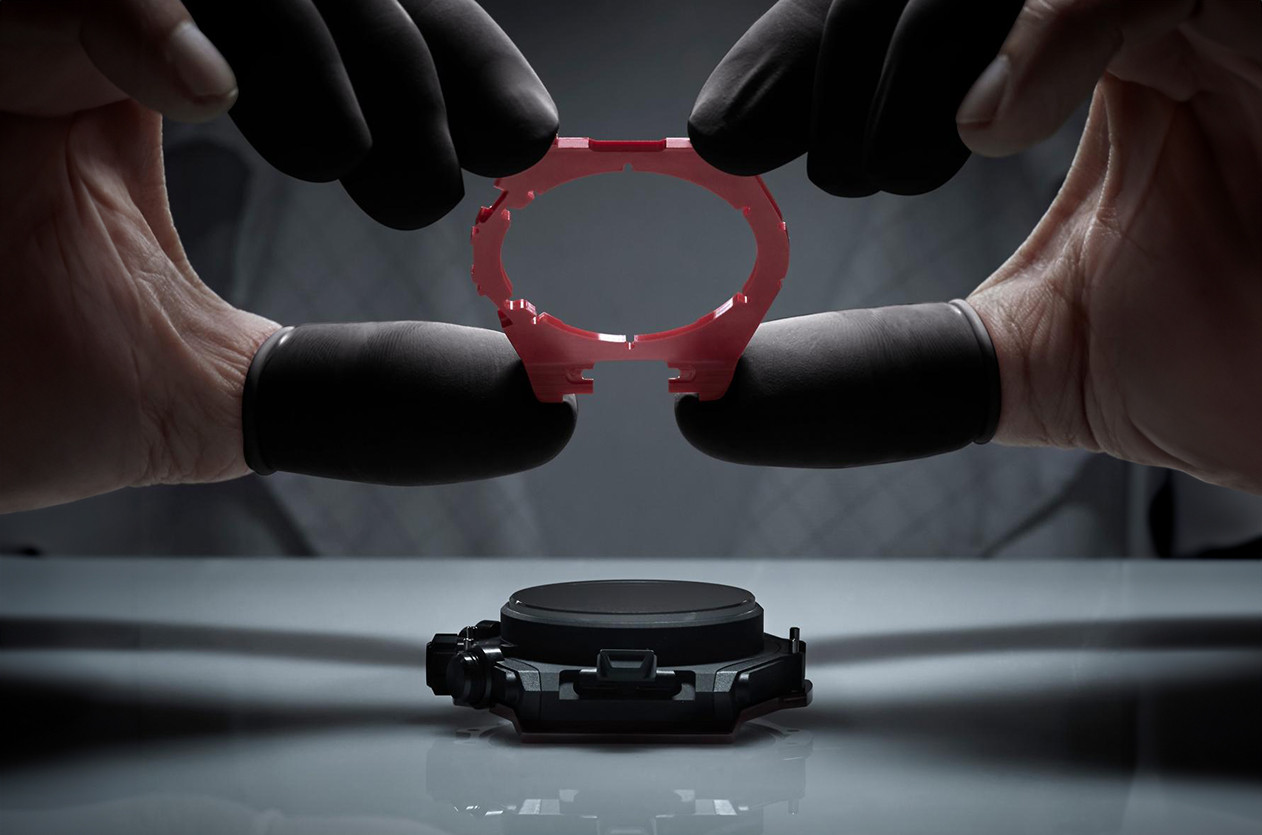
Editorial The Secrets of Watch Case Design

Hands on Phillips Presents Universal Genève’s First Timepiece Following Its Revival
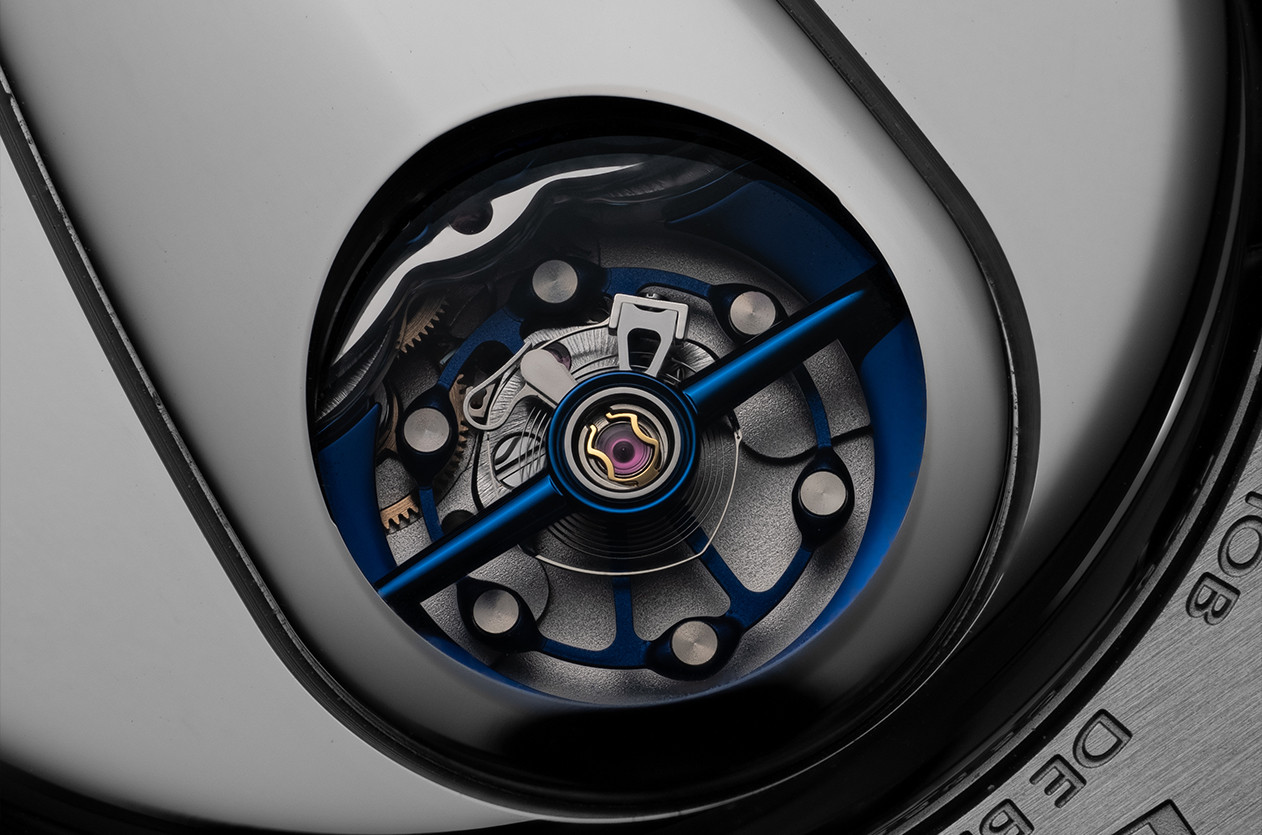
Technical The Frequency, Why It Matters in Mechanical Watches
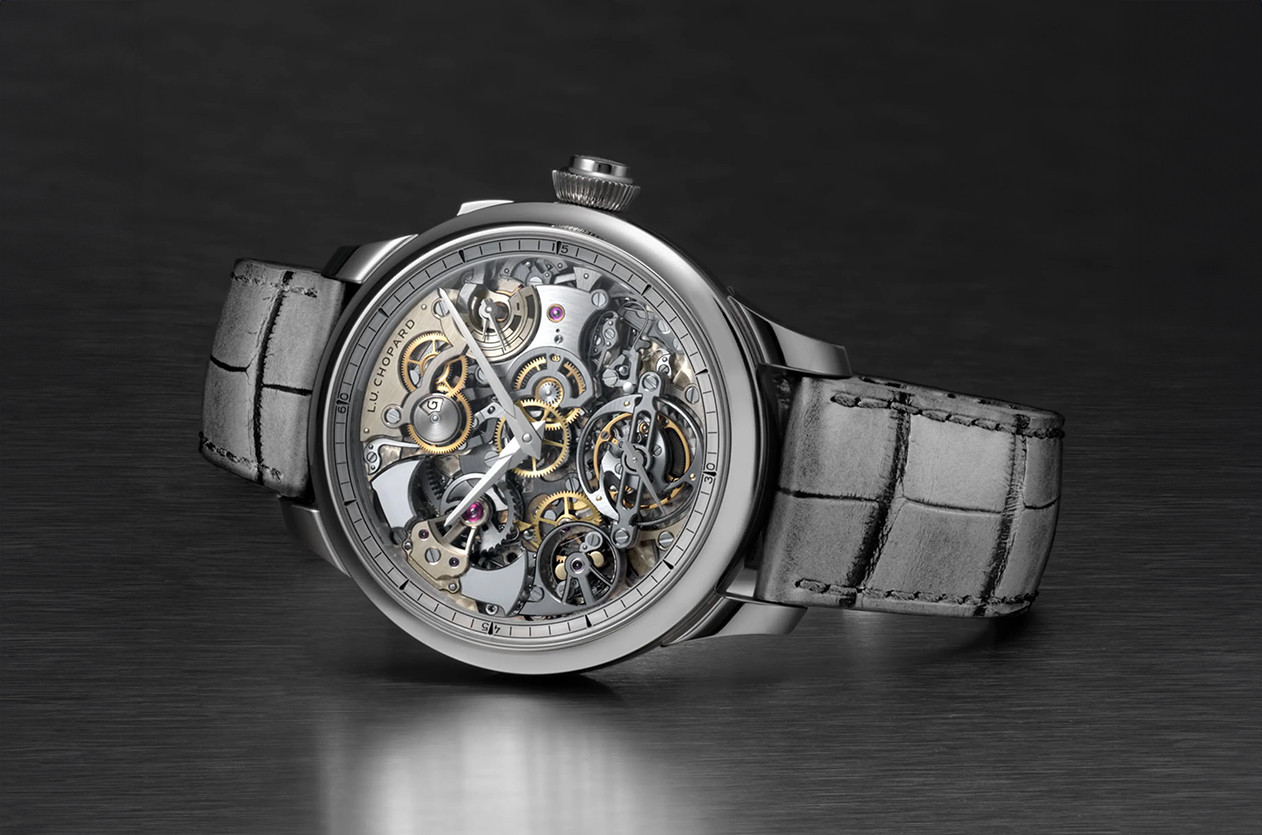
Introducing The New Chopard the L.U.C Grand Strike
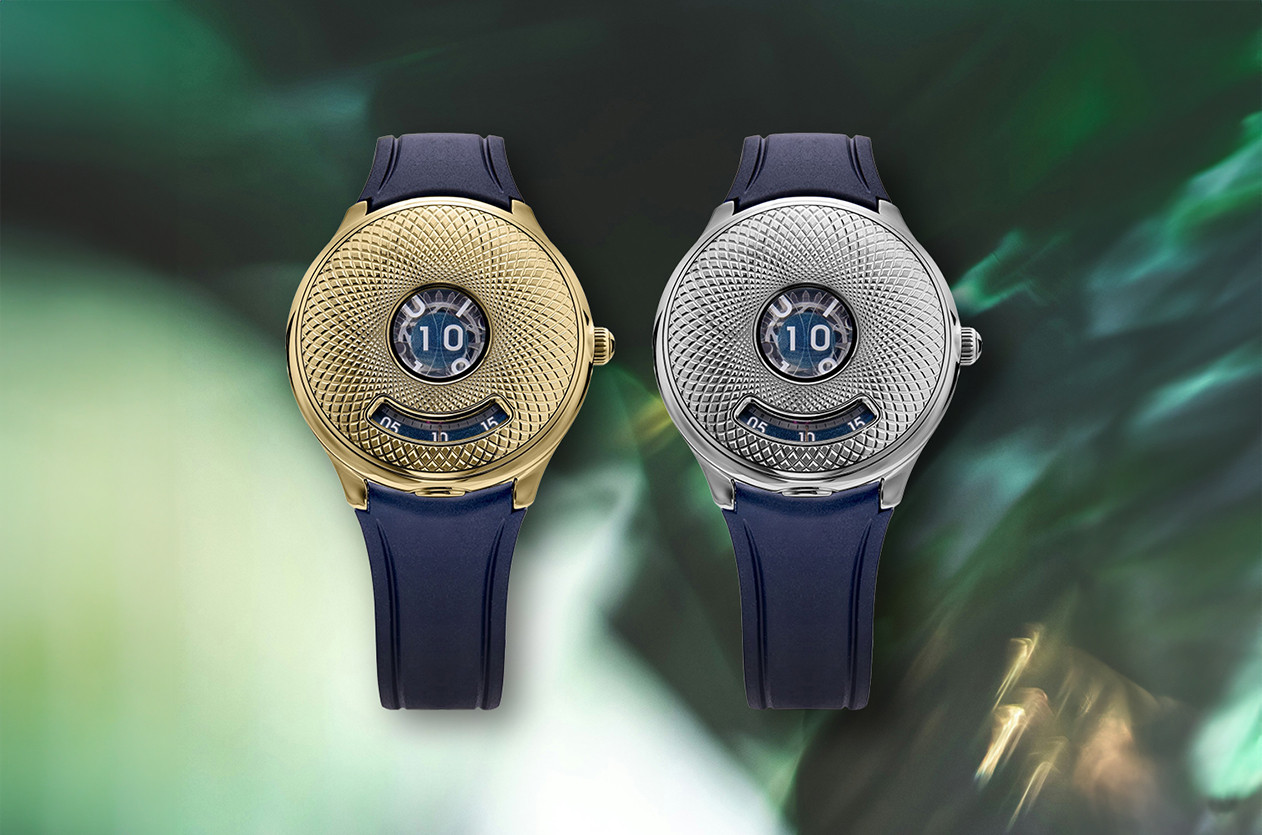
Introducing Czapek Unveils the Time Jumper 10th Anniversary